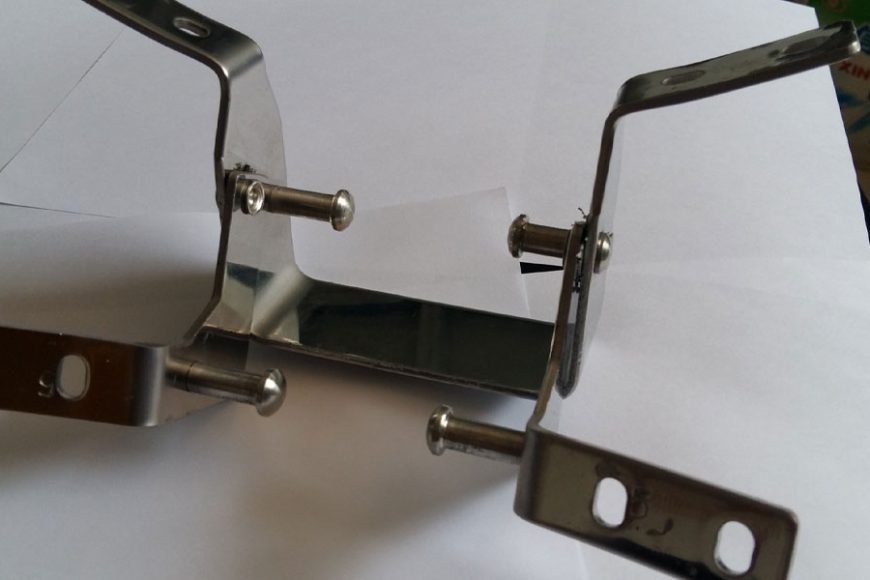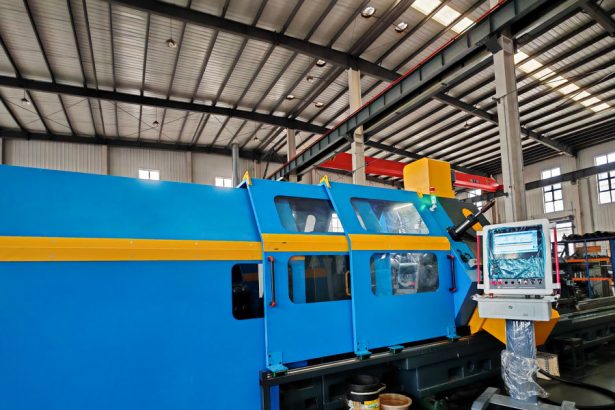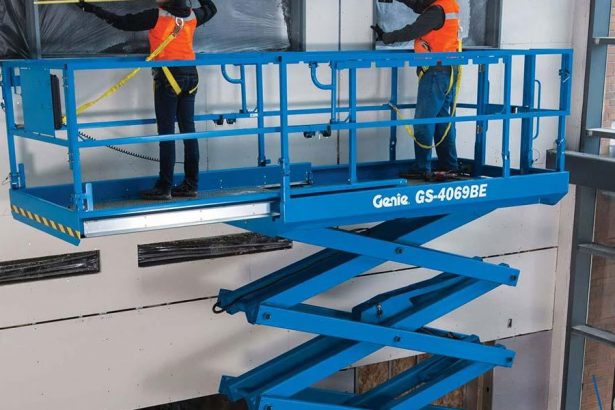The choice of joining methods in metalworking and fabrication processes plays a crucial role in the functionality, strength, and cost-effectiveness of the final product. Two of the most common techniques for joining metal parts are welding and riveting. Each method has its own unique set of advantages and challenges, which influence its selection depending on the application, materials involved, and specific project requirements.
Welding is a process that uses heat and pressure to melt and fuse materials, usually metals or thermoplastics, to form a joint. Riveting, on the other hand, involves the mechanical fastening of two or more materials by driving a metal pin (the rivet) through the parts, creating a secure and permanent bond. While both techniques are used to create strong, reliable connections, they are fundamentally different in terms of application, the technology involved, and the types of stresses they can withstand.
Introduction to Welding and Riveting
Welding: Definition and Process Overview
Welding is a process that involves the application of heat, pressure, or both to join two or more materials, typically metals, into a single, cohesive unit. There are numerous welding techniques, including arc welding, MIG (Metal Inert Gas) welding, TIG (Tungsten Inert Gas) welding, and resistance welding, among others. In general, welding uses a localized heat source to melt the base materials and a filler material (often in the form of a wire or rod) to create a bond when the molten material solidifies.
Welding can be used to join metals, thermoplastics, and composite materials, and it can produce strong, durable joints. The process allows for continuous, seamless joins that can bear significant tensile and shear forces. Because of this, welding is a preferred method in many high-strength applications, such as structural steel construction, aerospace engineering, and automotive manufacturing.
Riveting: Definition and Process Overview
Riveting, in contrast, is a mechanical fastening process in which a metal pin (the rivet) is inserted through a hole in the materials to be joined. The rivet is then deformed (or “set”) on one or both ends to create a tight, secure connection. Rivets are typically made of metals such as steel, aluminum, or copper, and they come in various shapes and sizes to accommodate different applications.
Unlike welding, which creates a continuous bond by melting the materials together, riveting involves joining materials by mechanically holding them in place using the rivet. This process results in a joint that is often visible, as the rivet heads are typically left exposed. Riveting was historically used in shipbuilding, construction, and bridgework, and while it has been largely replaced by welding in many industries, it remains a crucial technique in applications where welding is impractical or undesirable.
Differences Between Welding and Riveting
The differences between welding and riveting are significant, and they influence the choice of method depending on the specific demands of the application. These differences can be categorized into several key areas, including the joining process itself, the types of materials used, strength and durability, aesthetics, cost, and ease of use.
Process and Technique
The process of welding involves the application of heat or pressure to fuse materials together, whereas riveting is a mechanical fastening process that involves inserting and deforming a rivet through the material. Welding produces a seamless, continuous joint, while riveting results in a joint where the rivet heads are visible.
Welding techniques are more diverse and include methods such as arc welding, resistance welding, and laser welding, each of which has specific benefits and is suited to particular materials and applications. Riveting, however, is a simpler, more straightforward process that generally involves fewer variables but can require more specialized tools for different rivet types.
Material Compatibility
Welding is most commonly used with metals that have a low melting point, such as steel, aluminum, and copper, but it can also be applied to thermoplastics and composites. However, not all materials can be easily welded, as some materials (such as certain alloys or metals with high melting points) may require specialized techniques or equipment. Additionally, welding requires careful control of heat input to avoid material distortion, overheating, or degradation of the material properties.
Riveting, in contrast, can be used with a broader range of materials, including metals, plastics, and even certain ceramics. Riveting does not require the same high heat input, so it is a more versatile option when joining dissimilar materials, or materials that might not be suitable for welding. This makes riveting particularly useful in applications where welding could cause damage to the base material or result in weak joints due to thermal distortion.
Strength and Durability
One of the primary advantages of welding is the strength of the bond it creates. When done correctly, welded joints can be as strong as or even stronger than the base material itself, making welding ideal for applications where high strength and durability are required. This is particularly important in structural applications, such as in the construction of buildings, bridges, and aircraft, where the integrity of the joint is critical.
Riveting, while strong, typically does not achieve the same level of strength as welding. The strength of a riveted joint depends on factors such as the size of the rivet, the material used, and the quality of the installation. In general, riveted joints are more susceptible to stress concentrations, which can lead to failure under extreme loading conditions. However, rivets can be used to create strong joints when the forces involved are not as extreme or when flexibility in the joint is desirable.
Aesthetics
The aesthetic appearance of the final joint is another consideration when choosing between welding and riveting. Welding produces a clean, seamless joint with no visible fasteners or rivet heads. This is particularly important in industries such as automotive and aerospace, where the appearance of the final product is a key factor. Additionally, welded joints can be finished or ground to be nearly indistinguishable from the base material, creating a smooth and uniform surface.
Riveting, on the other hand, leaves visible rivet heads on the surface of the material. While this can be aesthetically pleasing in certain applications, such as in the case of decorative or industrial designs, the appearance of rivets may not be desirable for all projects. In cases where the joint needs to be as unobtrusive as possible, welding may be the better choice.
Cost and Equipment
Welding typically requires specialized equipment, including welding machines, electrodes, shielding gas (in the case of MIG or TIG welding), and protective gear such as welding helmets and gloves. The initial cost of welding equipment can be significant, especially for high-performance welding techniques. Additionally, the cost of consumables and the expertise required to perform the weld properly can make welding a more expensive option, particularly in small-scale or low-volume production.
Riveting, in contrast, generally requires less specialized equipment. A basic rivet gun or pneumatic riveting tool is often sufficient for most applications, and the cost of consumables is typically lower than that of welding electrodes and shielding gas. The cost of riveting is also more predictable, as the process tends to require fewer variables than welding. As such, riveting can be a more cost-effective option in situations where welding would be overkill or impractical.
Ease of Use
Welding requires a high level of skill and training to execute properly, as mistakes in the welding process can result in weak joints or material defects. Additionally, welding requires careful control of heat, which can be challenging when working with materials that are prone to distortion or melting. The welder must also take precautions to ensure proper shielding of the weld from contaminants in the air, which can compromise the integrity of the joint.
Riveting is generally easier to perform and does not require the same level of expertise as welding. Riveting can be accomplished quickly and effectively, with fewer chances for error, particularly in applications where high precision is not required. Furthermore, rivets can often be installed without the need for specialized protective equipment or gas shielding, making it a more straightforward process overall.
Applications
The choice between welding and riveting depends heavily on the application at hand. Welding is preferred in industries where strength and durability are paramount, such as in the construction of large structures, ships, pipelines, and aerospace components. Riveting, while less commonly used today in high-strength applications, is still a critical process in the automotive, aerospace, and construction industries, particularly when joining thinner materials or dissimilar materials where welding may be impractical.
Riveting is also favored in applications where disassembly might be required, as riveted joints can be more easily removed than welded joints, which typically require cutting or grinding to dismantle. Additionally, riveting is used when the materials being joined are sensitive to heat, such as in the case of heat-sensitive plastics or composite materials.




